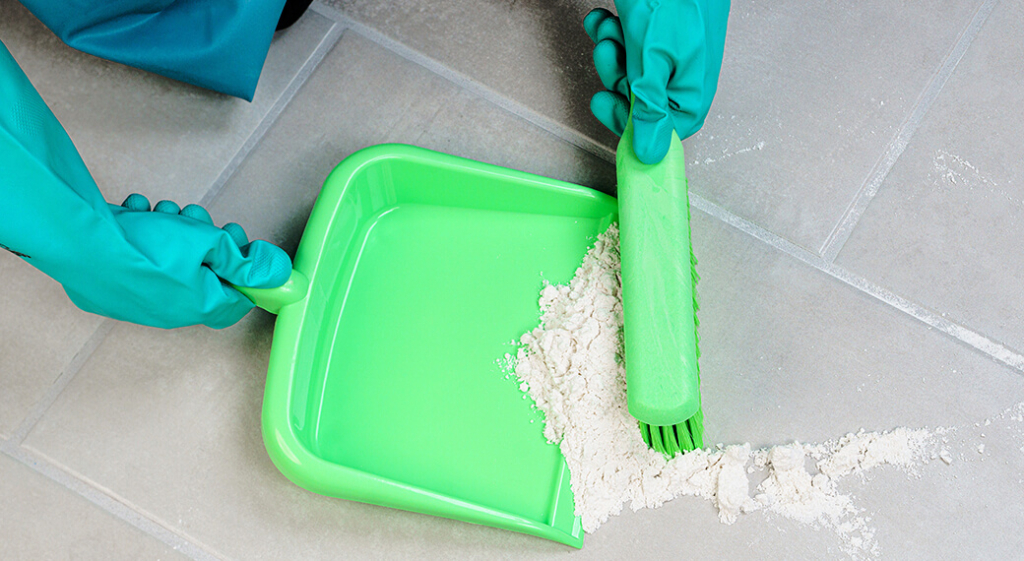Establishing consistent and thorough cleaning practices can be challenging, especially in fast-paced foodservice and hospitality environments. This is where color-coded cleaning systems step in.
Humans excel at visual processing: Colors are inherently attention-grabbing, bypassing complex verbal instructions and readily conveying information. In this article, we’ll explore why operators are sanitizing their facilities more efficiently and effectively, simply by switching to a color-coded cleaning system.
Not All Cleaning Tasks Are Created Equal
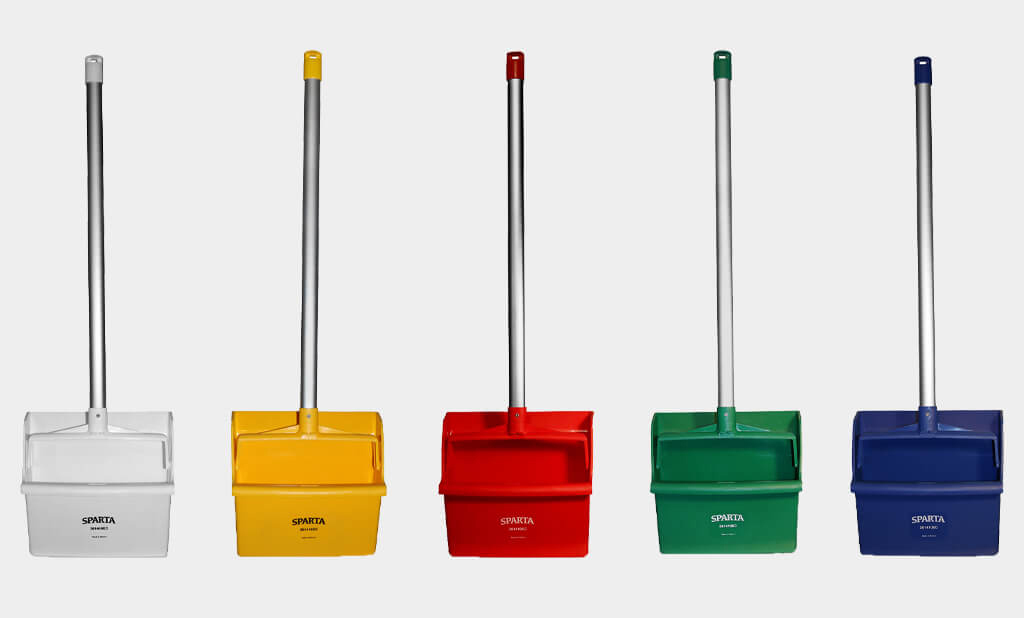
The human mind is remarkably adept at processing visual information, particularly color. Color-coded systems capitalize on this strength by assigning distinct colors to different cleaning tasks and zones. This creates a visual hierarchy, allowing individuals to quickly identify and prioritize tasks, reducing cognitive load and facilitating informed decision-making.
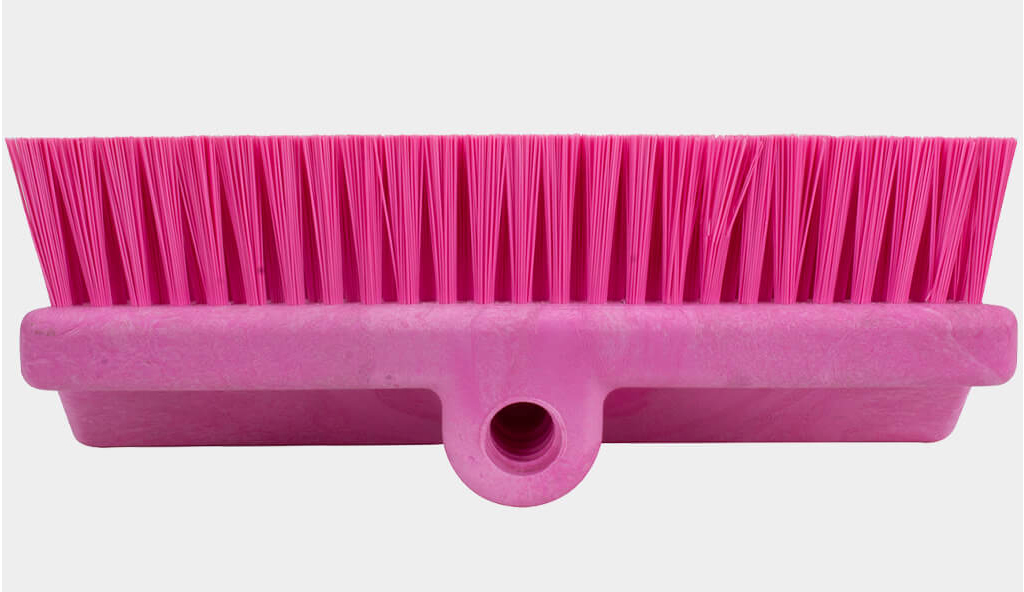
In fast-paced environments like restaurants, where quick action is essential, this streamlined approach minimizes errors and ensures critical tasks are addressed promptly. For instance, assigning red — a color associated with urgency and danger across many diverse cultures — to a critical hygiene task like bathroom sanitation, instantly flags its importance as a “high-risk” area.
Colors to the Rescue
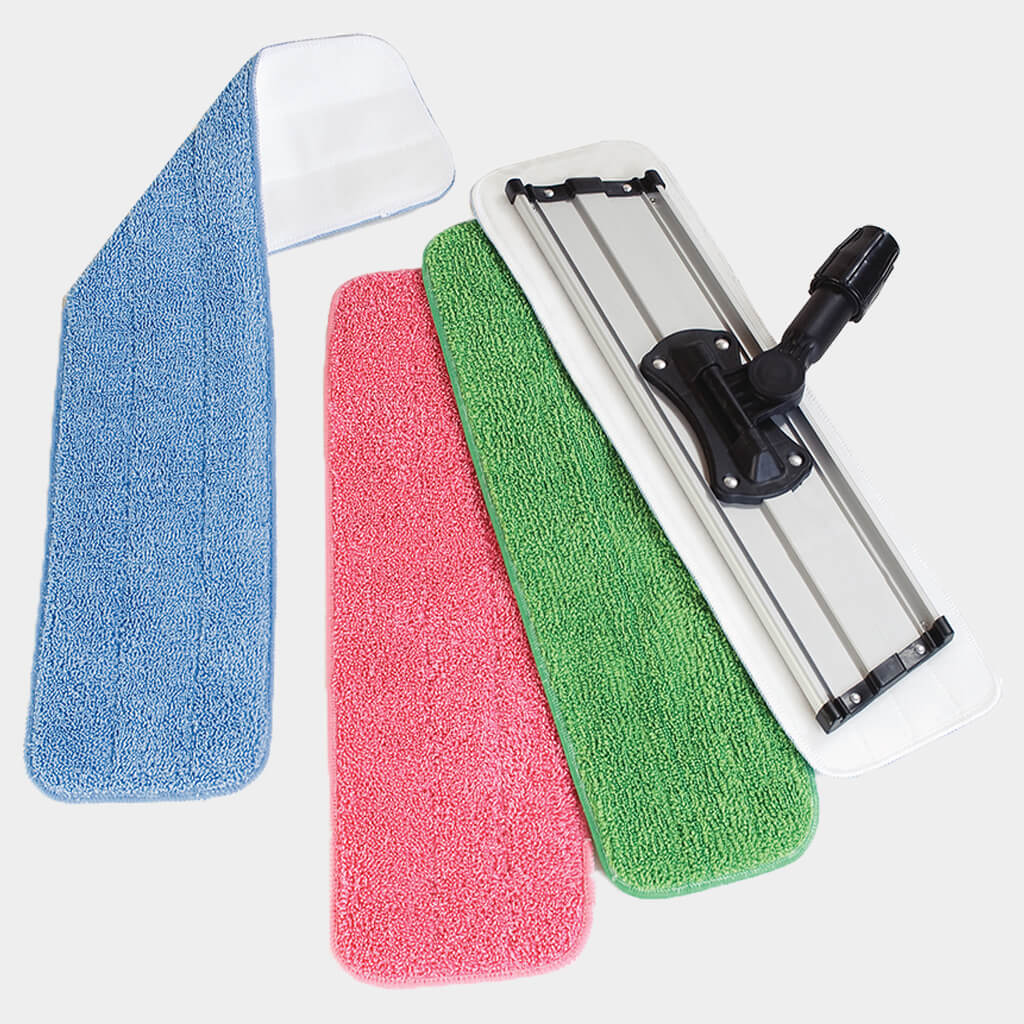
Color-coded systems provide heuristics, mental shortcuts that simplify complex tasks. Employees don’t need to ponder which cloth to use; the color dictates the action. This reduces cognitive strain and promotes consistency, leading to improved hygiene standards. Color-coding reinforces established protocols over time, leading to a more standardized and reliable cleaning routine.
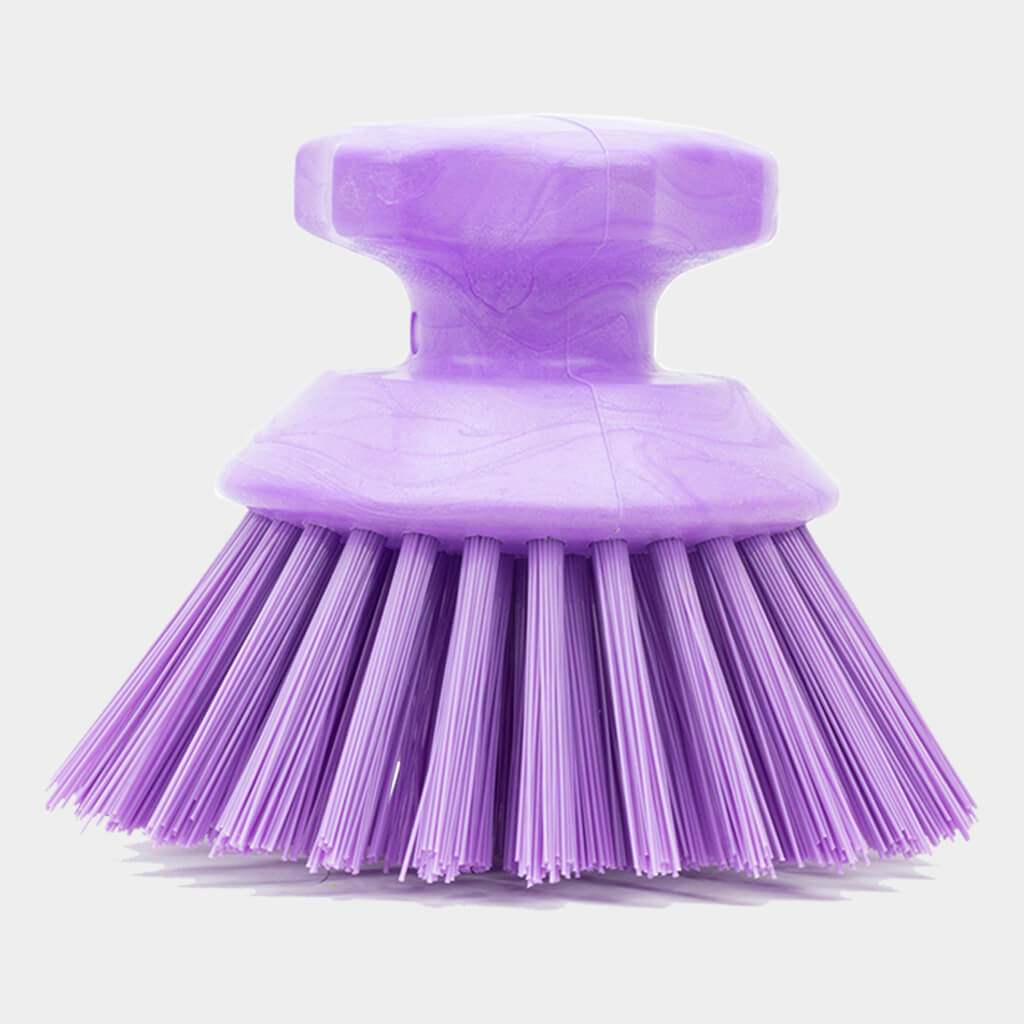
Using a color-coded system also helps as a mnemonic device. For example, if a team member goes on leave for a month, they may not remember all the sanitation protocols upon return. The mnemonic power of color aids in both storing and retrieving information. By associating specific cleaning tasks with dedicated colors, individuals can easily remember and execute required procedures, even after extended breaks.
It’s Not All About Cold Logic
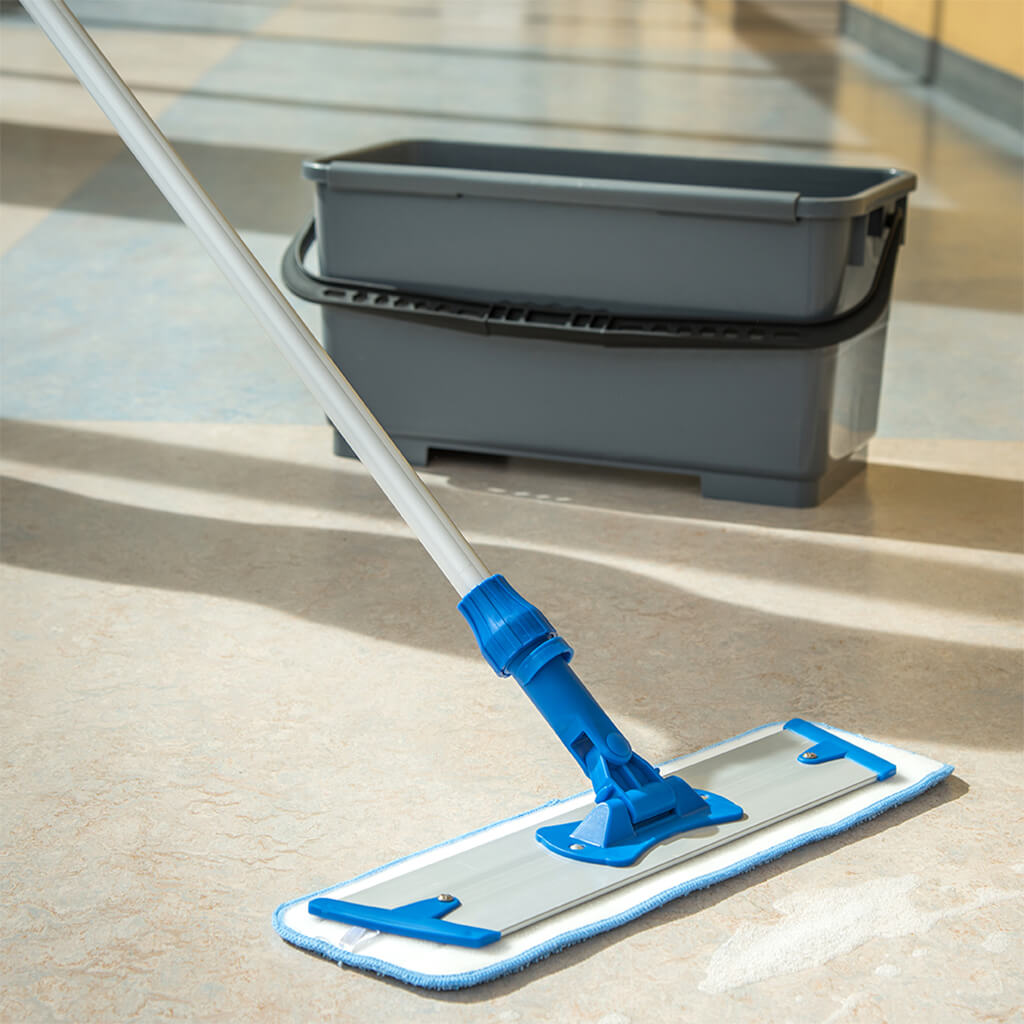
The science behind color-coded systems extends beyond conscious perception. Colors activate specific neural pathways, influencing mood, attention, and alertness. As we discussed in our Color Psychology for Restaurant Design article, colors evoke emotions and influence behavior due to cultural, evolutionary, and personal associations. For instance, blue, often linked to cleanliness and hygiene, can instill a sense of trust and calmness. Or utilizing bright yellow for wiping down tables may subconsciously enhance focus and vigilance, leading to more thorough cleaning practices.
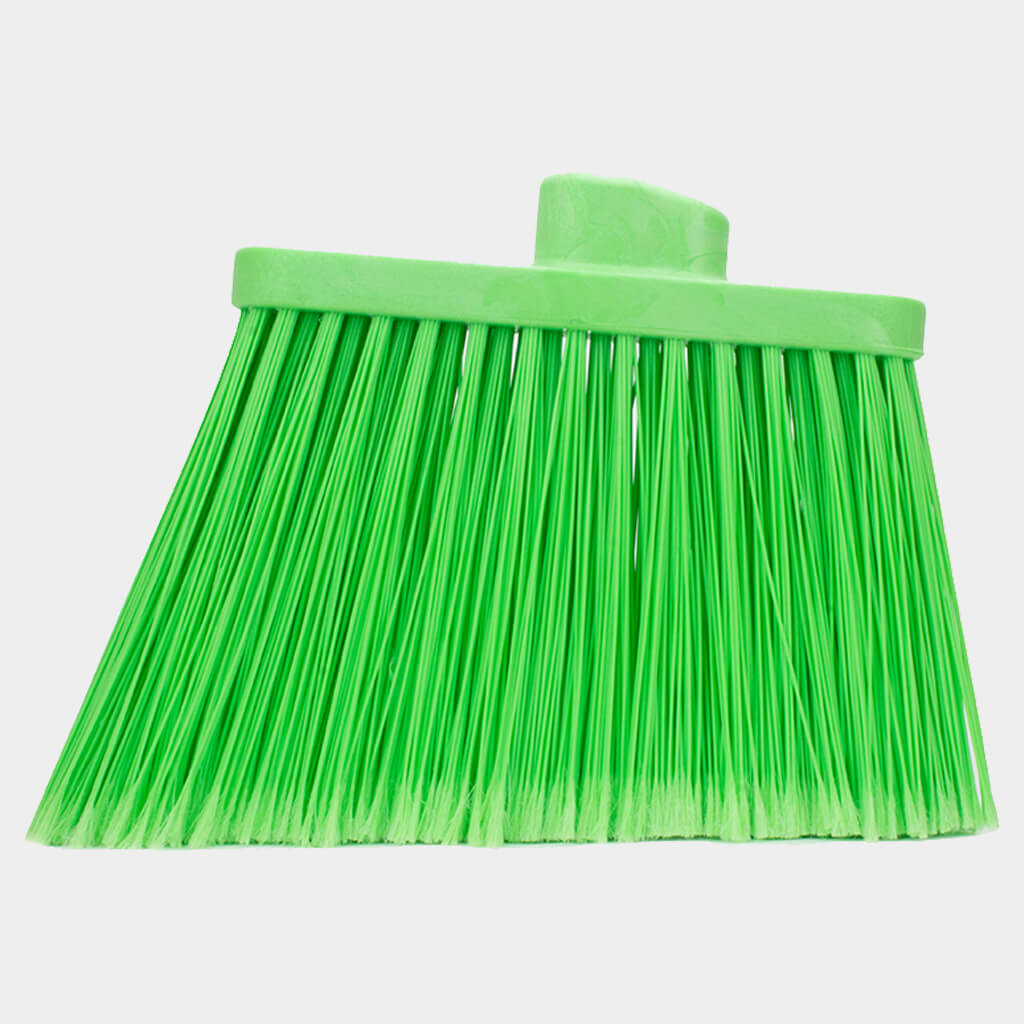
This positive emotional response can subconsciously influence behavior, encouraging staff to prioritize cleanliness and uphold hygiene standards.
Imagine a Commercial Kitchen Where Everyone Follows the Same Sanitation Protocols
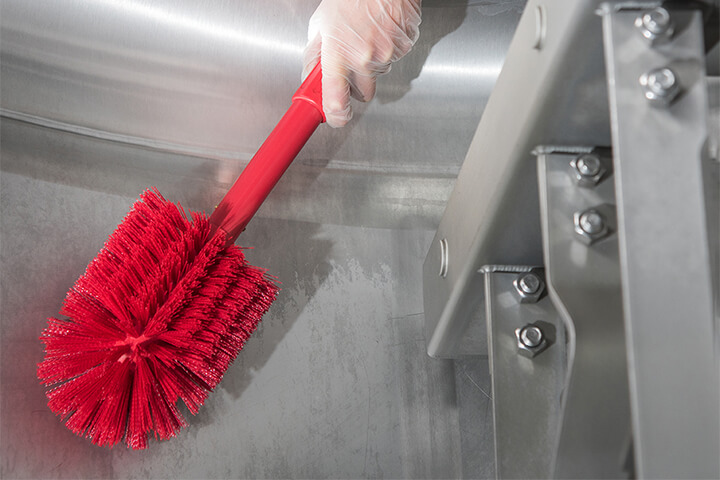
Beyond psychological influence, color-coded systems contribute to standardization and compliance. Assigning specific colors for tasks translate to easily understood and uniform procedures, minimizing the risk of errors and ensuring everyone follows the same protocols. A predictable cleaning and sanitation routine fosters a sense of order and reliability, further propelling compliance and adherence to established hygiene practices. This standardization is particularly valuable in large or diverse teams, where clear communication and consistent execution are critical.
Increase Sanitation While You Decrease Expenses
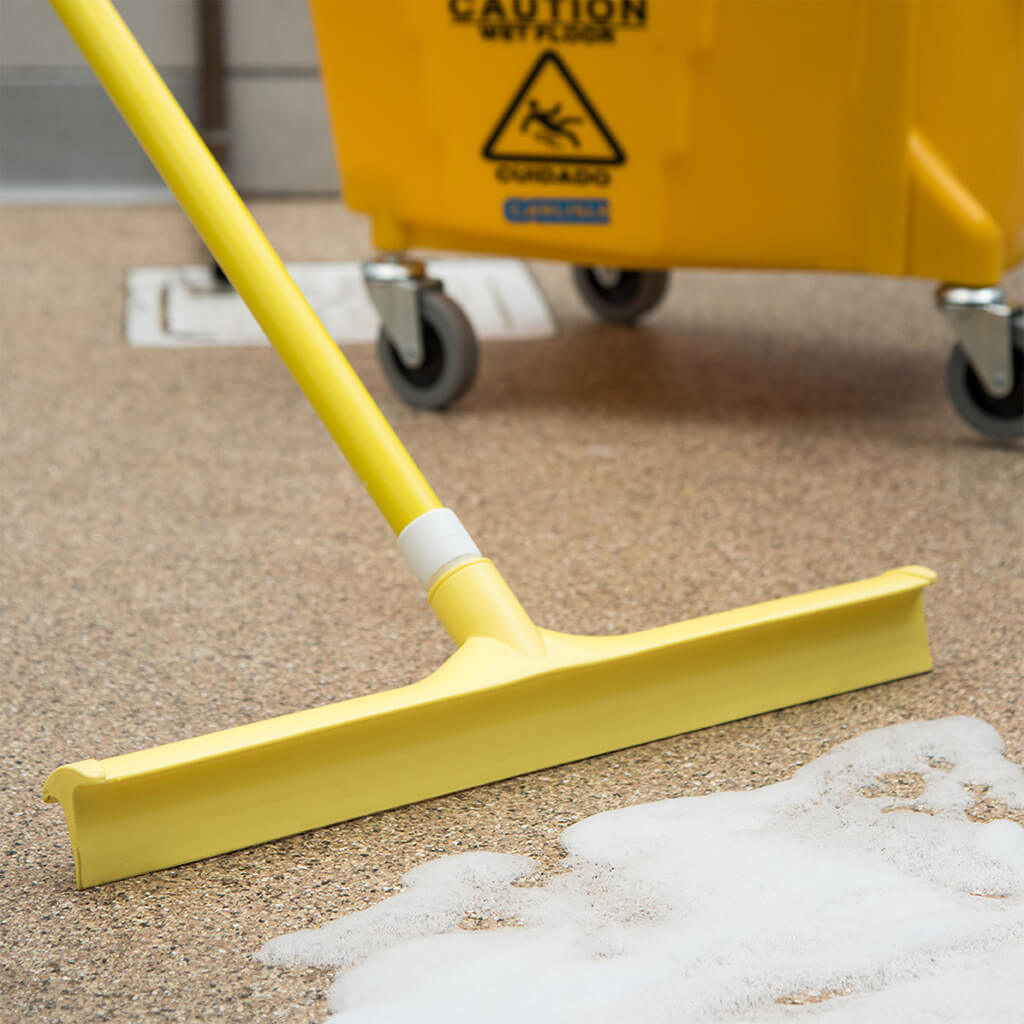
When operators switch to color-coded cleaning systems, they lessen the overall cost of their sanitation program. First, it helps mitigate the high costs associated with product recalls and damaged brand reputation. By visually designating specific cleaning tools for designated areas and surfaces, the risk of cross-contamination and incorrect product use is minimized. Correct usage prevents potential health hazards, protecting brand image and public trust.
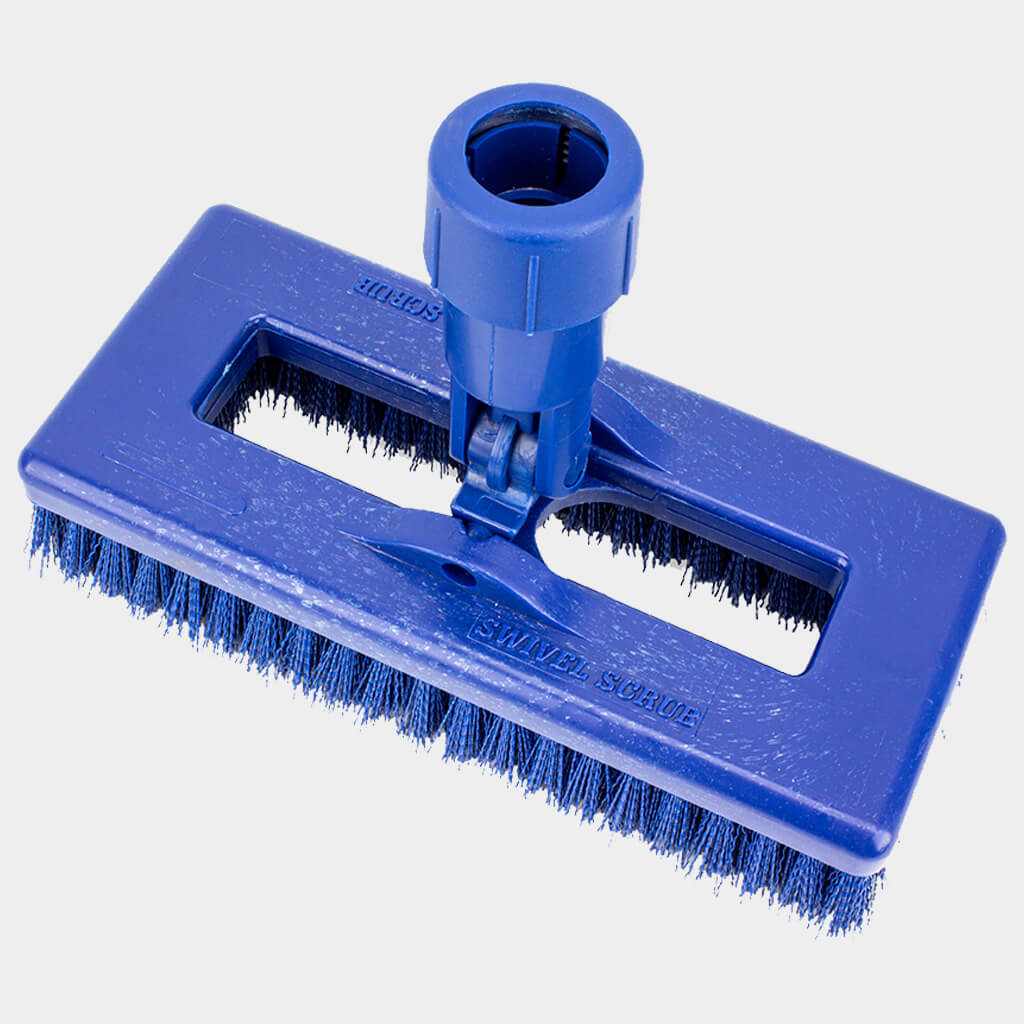
Second, color-coded systems extend the lifespan of cleaning tools. Matching the right tool to the right surface ensures proper care and reduces wear and tear. This translates to fewer replacements and lower overall equipment costs. Additionally, the system helps prevent misplaced tools, eliminating the unnecessary expense of purchasing duplicates when tools move between designated zones. By streamlining organization and ensuring proper tool usage, color-coded systems contribute to efficient operations and cost savings in the long run.
Color-Coded Layout Tips
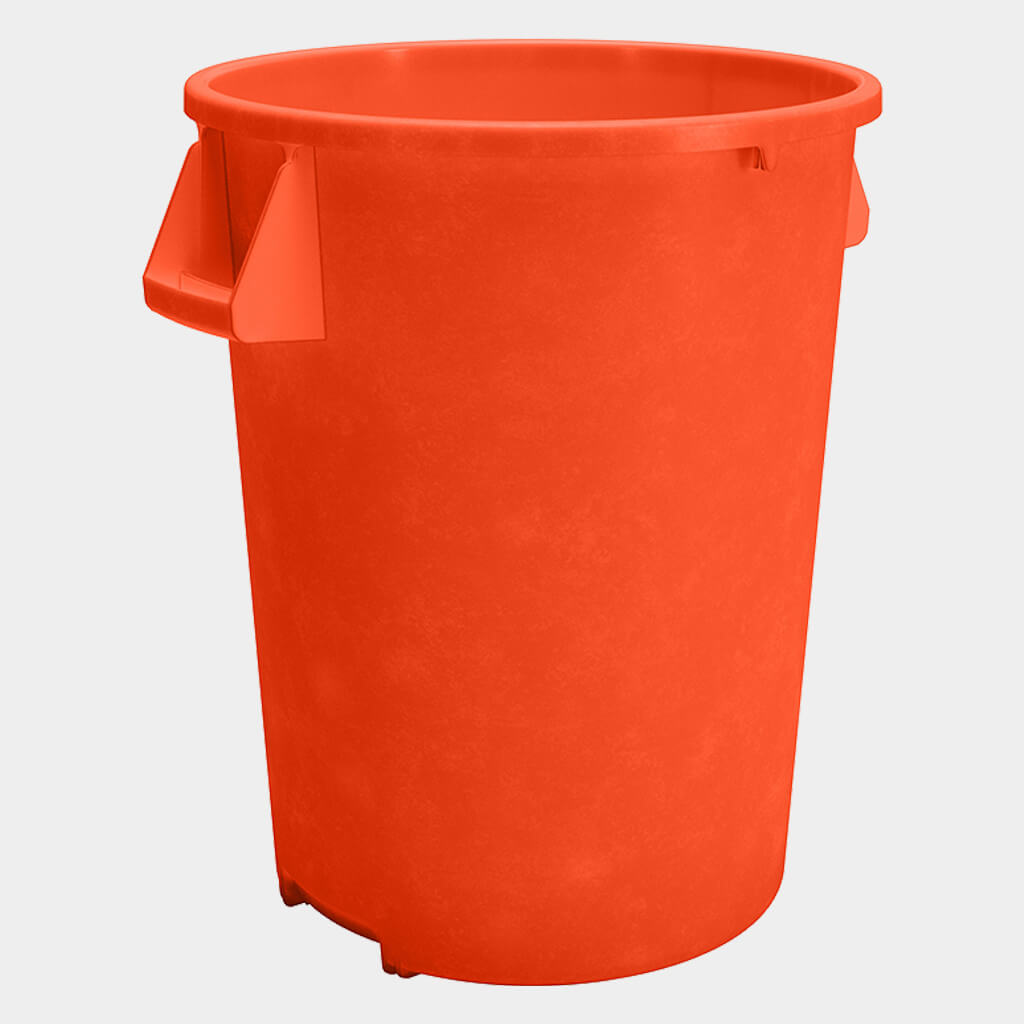
Using colors allows operators to organize their cleaning system layout in a variety of ways. Here are some tip for getting started:
- Generally, using 3‒5 colors creates a logical and intuitive system that is simple to follow. However, the number of colors will largely depend on your facility and the nature of your operation.
- If you aren’t sure where to begin, start by assigning a color to each room. For instance, red for the bathroom, green for the back-of-house, and blue for the front-of-house.
- You can further limit the risk of cross contamination by easily assigning a fourth or fifth color to an area, for instance, assigning yellow to the refrigeration area and purple to the sink.
- If your facility has an outdoor eating space, assign that section its own color. The risk of cross-contamination increases in outside areas because of biological factors like bugs and animals roaming on premises.
- Color coding is perfect for organizing large retail spaces like grocery stores. Try assigning dry goods all the same color, while separating off higher-risk sections such as the deli, seafood, or dairy case.
- Reinforce your new color-coded cleaning system with signage.
An Efficient & Effective Cleaning System
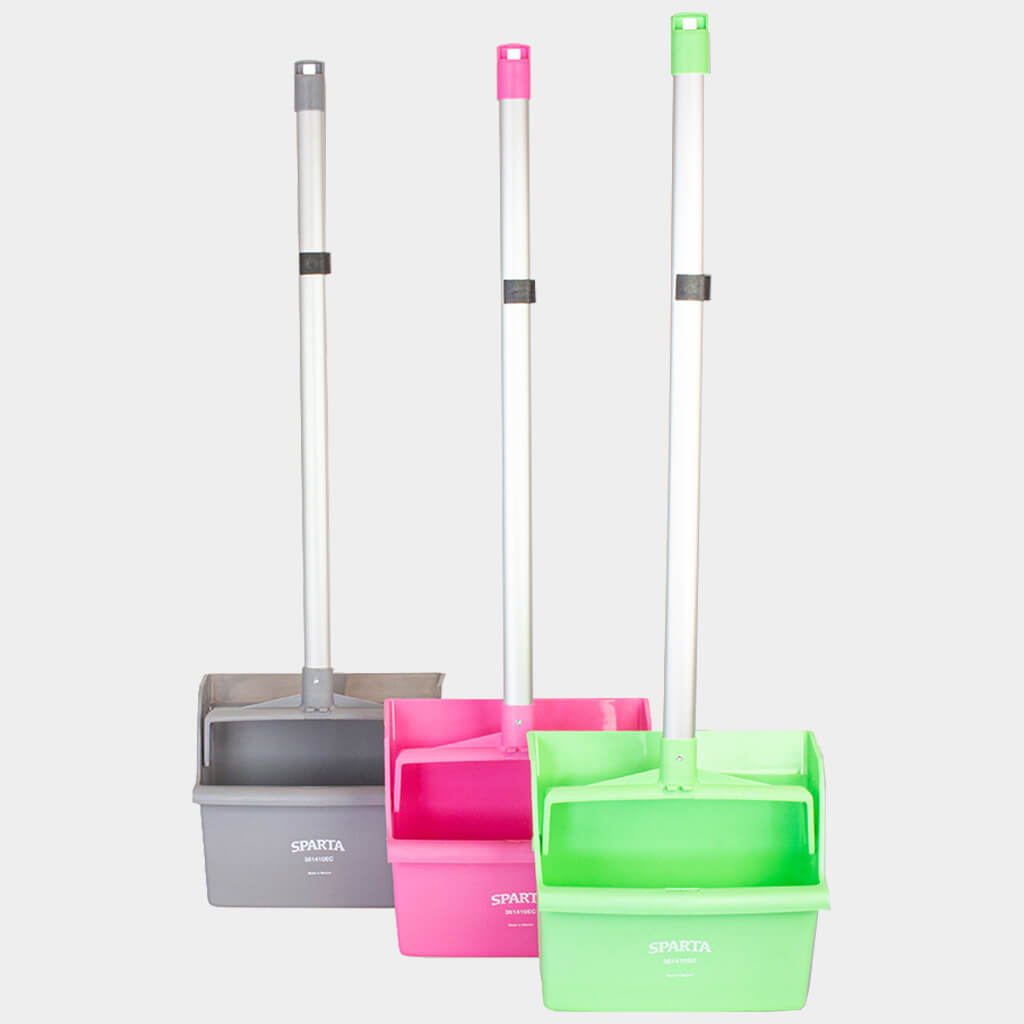
Color-coded cleaning systems are not just practical tools; they’re a well-researched approach that leverages the power of neuroscience and psychology to optimize sanitation and hygiene.
By harnessing our brains’ natural responses to color cues, these systems promote cognitive efficiency, prioritization, memory, and even emotional engagement with cleanliness.
Shop All CFS Brands Products
Partnered With 
CFS Brands is a house of brands including Carlisle Foodservice Products, San Jamar, Sparta, Snap Drape, Marko, Dinex, WipesPlus and more! Delivering best-in-class selection, legendary quality, and the powerful support you need — all in one place. From long-lasting professional cleaning products, to the finest brush line for maintaining food processing and foodservice sanitation, only CFS Brands offers so many items designed to work from the start in specific cleaning applications and help you get the job done.
At CFS Brands, we are dedicated to designing, manufacturing and sourcing professional-grade products for commercial foodservice, janitorial and healthcare markets. Whether you’re serving and preparing or dispensing and cleaning, our five manufacturing locations and four distribution centers are here for you and your business every step of the way.
Help your operation run smoothly and more profitably with products that have a practical day-in-day-out value from the brands you know and trust. It is our goal to give you solutions that make your work easier and more efficient in order to save time, money and resources. If you provide the food, rest assured, we’ll provide the rest!

